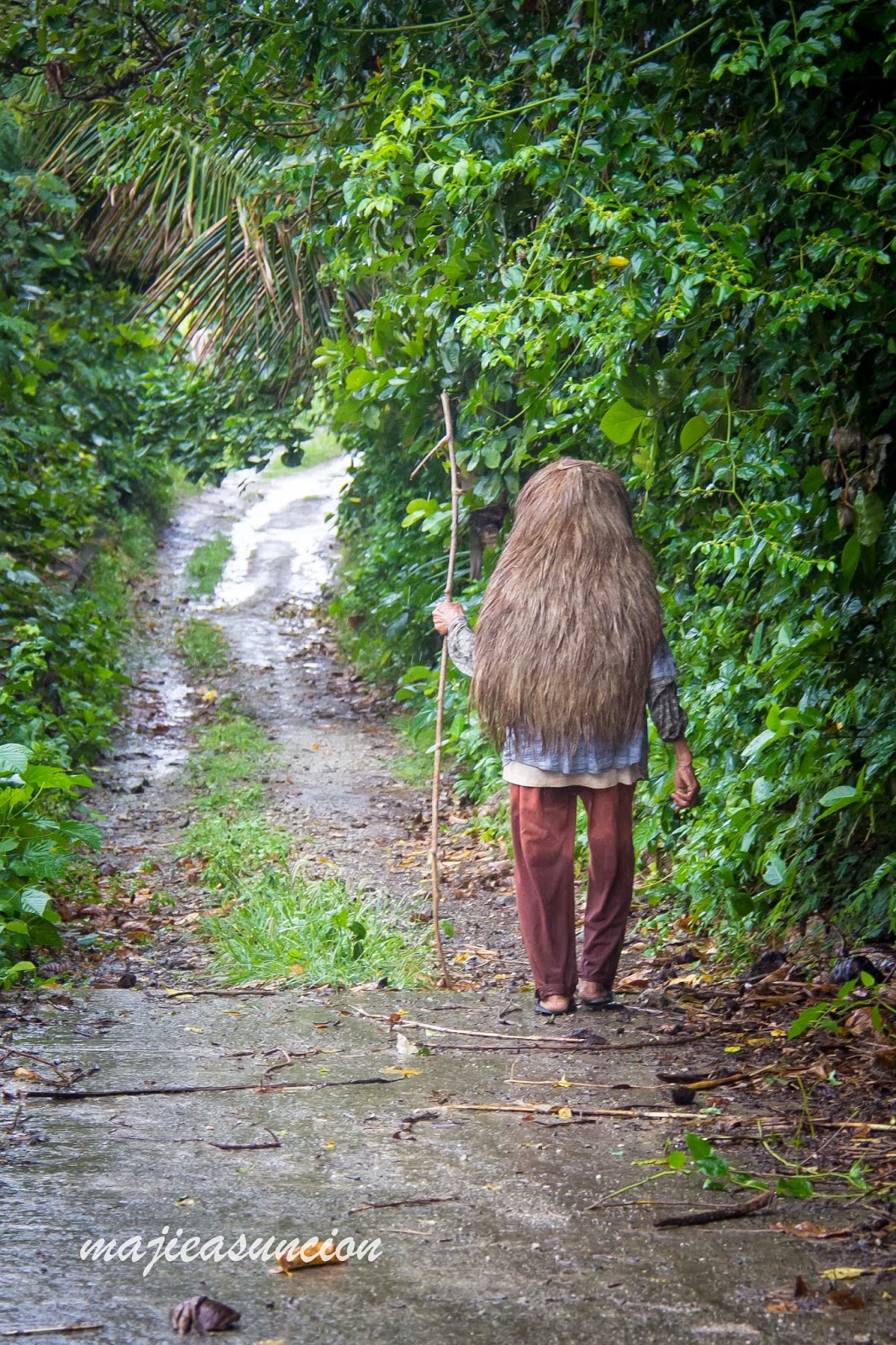Why
is coming to Batanes for the first time such an eagerly anticipated and
exciting moment? Perhaps it's the fantastic stories you've always heard
about the place, or the prohibitive airfare that had you scrimping and
saving for a long time to afford, or the fact that getting there is like
playing a hard game of patintero or chicken with the twenty plus storms
that visit the country every year, all of which seemingly Batanes
bound. A beauty so mysterious and requiring tests of will so difficult
to pass must surely promise grand rewards to the eyes and senses.
Honestly, just setting foot on the tarmac of Basco Airport,
with the view of Mount Iraya bathed in morning sunlight and the air so
cool and soothing to breathe because of the geography of the place,
you'll feel nothing but thankfulness that you made the choice and
sacrifices to come, and excitement for everything that this small
province in Northern Luzon, Philippines has to offer.
Actually, other than the cost of airfare and the dodging
game with the typhoons, Batanes is a piece of cake to enjoy. Move
towards any direction from where you are, and you'll be someplace
magical or exciting or at the very least, interesting. Lodging can be
had, if you're not the picky type of traveller, for a song. A good meal
costs no more than what you need to pay in Metro Manila. And getting
around is as easy as walking, riding a bike, or taking a tricycle. There
are also vans for rent for the larger group, or for those that require
or prefer some comfort. And oh yes, (you've heard of this, I'm sure),
you don't need to be clutching you're bag or wallet all the time for
fear of losing something. Honesty is indeed, the usual policy here.
Travel tours and guides will have you know that there are
three principal islands to go to when you're on holiday in Batanes.
First, there's Batan, where the capital, Basco is. Here you'll find your
fill of rolling hills, fantastic cliffs, shorelines and boulder beaches
that, to your mind, belong, not in Pinas, but in some New Zealand or
Scottish province or Middle Earth country of filmdom. There's also the
Our Lady of the Immaculate Concepcion Church and the San Jose de Obrero
Church for you to visit and give thanks for a safe journey. Just across
the street from San Jose de Obrero is the famous Honesty Store, which,
in turn, is just beside the wharf where plastic hulled boats await to take
you to the next island of interest.
Once you've done
Batan, the next usual island of destination is Sabtang, famous for its
heritage towns, where the houses are still fashioned the traditional way
with corals, thatch and apog. Though relatively undisturbed, the island
nonetheless has a growing tourist trade. It also has its own
courthouse, which is more than can be said for most Philippine Islands.
Quite difficult to miss is the island's Lighthouse which stands regal
atop a cliff with the churning sea in the background. Speaking of the
churning sea, that should be the only gut-wrenching adventure you need
to endure when coming to Sabtang. The boats that take you to this island
have plastic hulls, and do not have the usual bamboo katig or
stabilizers of traditional pump boats, precisely due to the churning
action of the sea between the islands which the bamboo katigs could
simply not endure. This churning action is caused by the interaction of
strong ocean currents, just like a big pot of stew being stirred by a
firmly held ladle.
A third mentionable island, Itbayat, unfortunately, was not
reachable during my brief stay, because of the foreboding weather and
sea conditions.
Nonetheless, the memory of sights like the Vayang Rolling
hills, Marlboro Country, the Honesty Store, the women wearing authentic
bakul or headdress made from local palm leaves, the friendly and
engaging people, Fundacion Pacita in Tukon, the heritage villages in
Sabtang, and esoteric food like adobong Batanes, Coconut crab, turmeric
rice and the dried Dorado fish, have left me wanting a return encounter,
a trip I will surely undertake when weather, schedules and budget come
together again.


























































